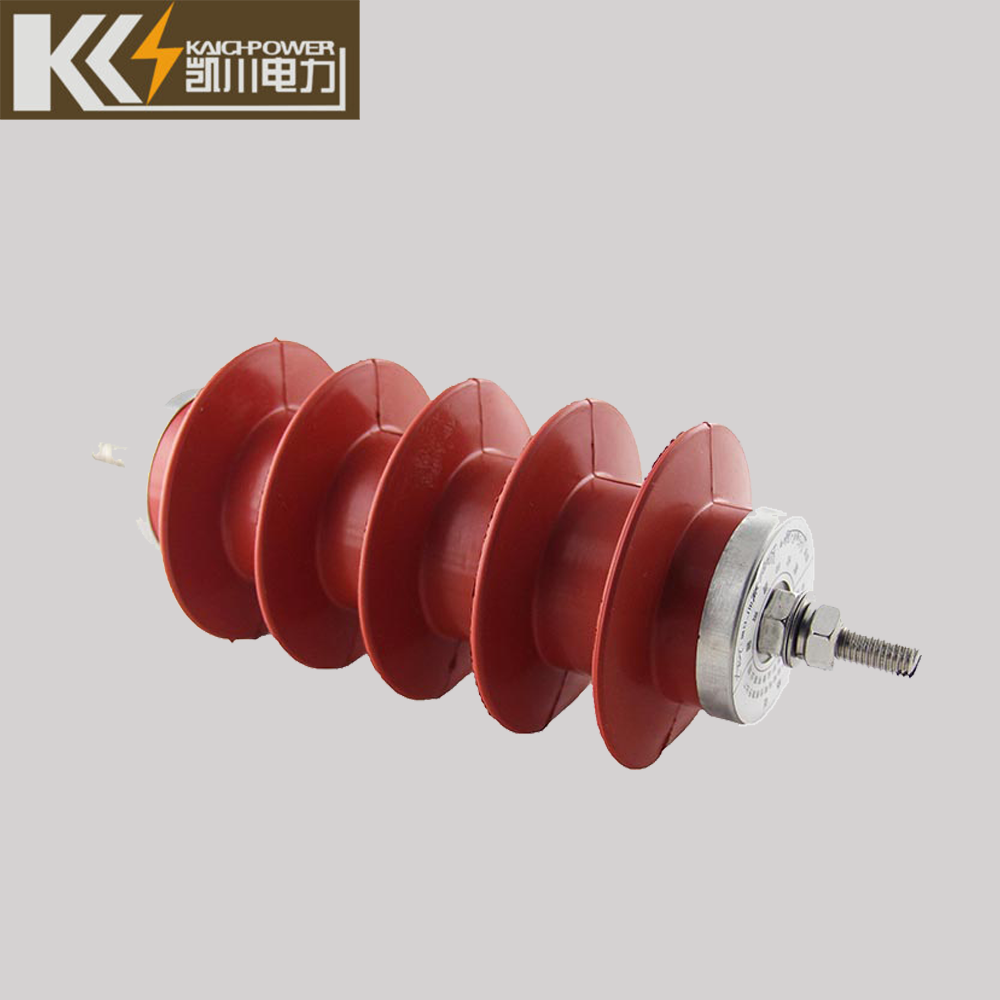
Understanding the Importance of Medium Voltage Lightning Arresters for Overhead Lines
In electrical systems, the protection against overvoltages caused by lightning strikes or switching operations is of utmost importance. One critical component that ensures this protection is the medium voltage lightning arrester for overhead lines. Let’s take a closer look at each element of this vital device and how they work together to safeguard electrical systems.
Medium Voltage Lightning Arrester
The medium voltage lightning arrester is specifically designed to divert excessive voltage caused by lightning strikes or switching surges away from the protected equipment. This device acts as a barrier between the line conductor and the ground, preventing the damaging effects of overvoltages.
Typically, medium voltage lightning arresters consist of metal oxide varistors (MOVs) or silicon carbide (SiC) elements. These components are connected between the line conductor and the ground. When the voltage exceeds a certain threshold, the MOVs or SiC elements conduct, providing a low-impedance path to the ground. This diversion of excessive voltage protects the equipment downstream from potential damage.
Overhead Line Overvoltage Protector
In addition to lightning arresters, overhead power lines require an overvoltage protector to ensure their integrity and reliability. This component safeguards the overhead power distribution network by diverting or suppressing overvoltages.
The overhead line overvoltage protector may include lightning arresters, but it can also incorporate other protective devices such as surge arresters, gap arresters, or protective relays. These devices work together to detect and mitigate overvoltages, maintaining the safety and efficiency of the power distribution network.
Cable Protector
While the term “cable protector” is commonly associated with low-voltage cables, it can also refer to devices designed to protect medium-voltage cables from overvoltages. These protective measures are essential to safeguard against lightning-induced or transient overvoltages.
Surge arresters are commonly installed at transition points, such as substations, or along the length of the cable route. These devices act as a shield, intercepting and dissipating overvoltages before they can cause damage to the medium-voltage cables.
Safeguarding Electrical Power Distribution Systems
In summary, medium voltage lightning arresters, overhead line overvoltage protectors, and cable protectors work together to safeguard medium voltage overhead lines and cables from overvoltages. These overvoltages can result from lightning strikes, switching operations, or other transient events.
By providing a low-impedance path to the ground, medium-voltage lightning arresters divert excessive voltage away from the protected equipment. Overhead line overvoltage protectors ensure the integrity and reliability of the power distribution network. Cable protectors, including surge arresters, protect medium-voltage cables from lightning-induced or transient overvoltages.
These components play a crucial role in maintaining the reliability and safety of electrical power distribution systems. Without them, the damaging effects of overvoltages could lead to equipment failures, power outages, and potential hazards to both people and property.
Therefore, it is imperative to ensure the proper installation and maintenance of medium-voltage lightning arresters, overhead line overvoltage protectors, and cable protectors. Regular inspections and testing should be conducted to guarantee their effectiveness in protecting electrical systems against overvoltages.